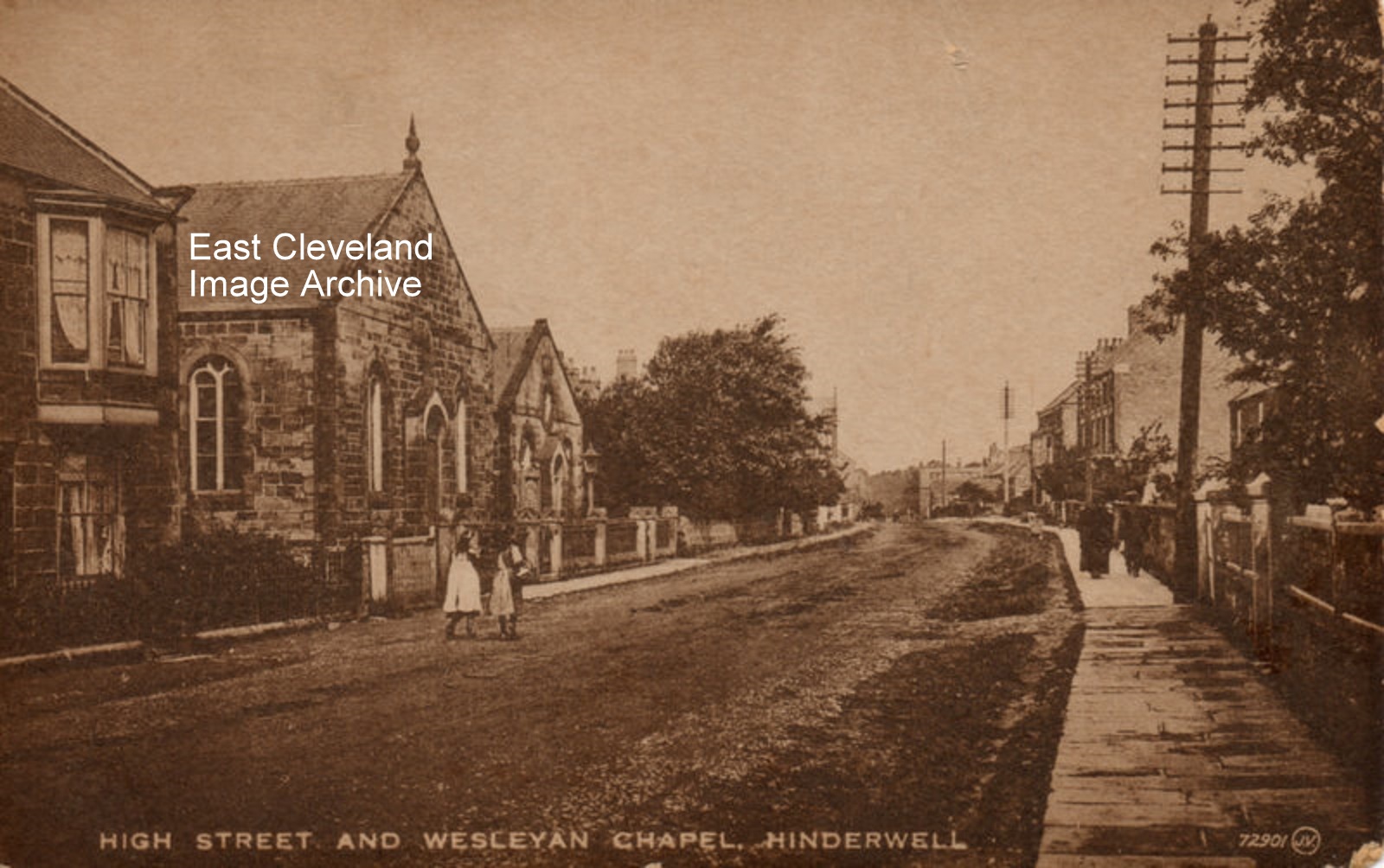
This Valentine’s postcard view of Hinderwell High Street and the Wesleyan Chapel is little altered from the present day, although the road surface was obviously pre the modern day tarmac!
Image courtesy of Ken Johnson.
|
|
||
 This Valentine’s postcard view of Hinderwell High Street and the Wesleyan Chapel is little altered from the present day, although the road surface was obviously pre the modern day tarmac! Image courtesy of Ken Johnson. 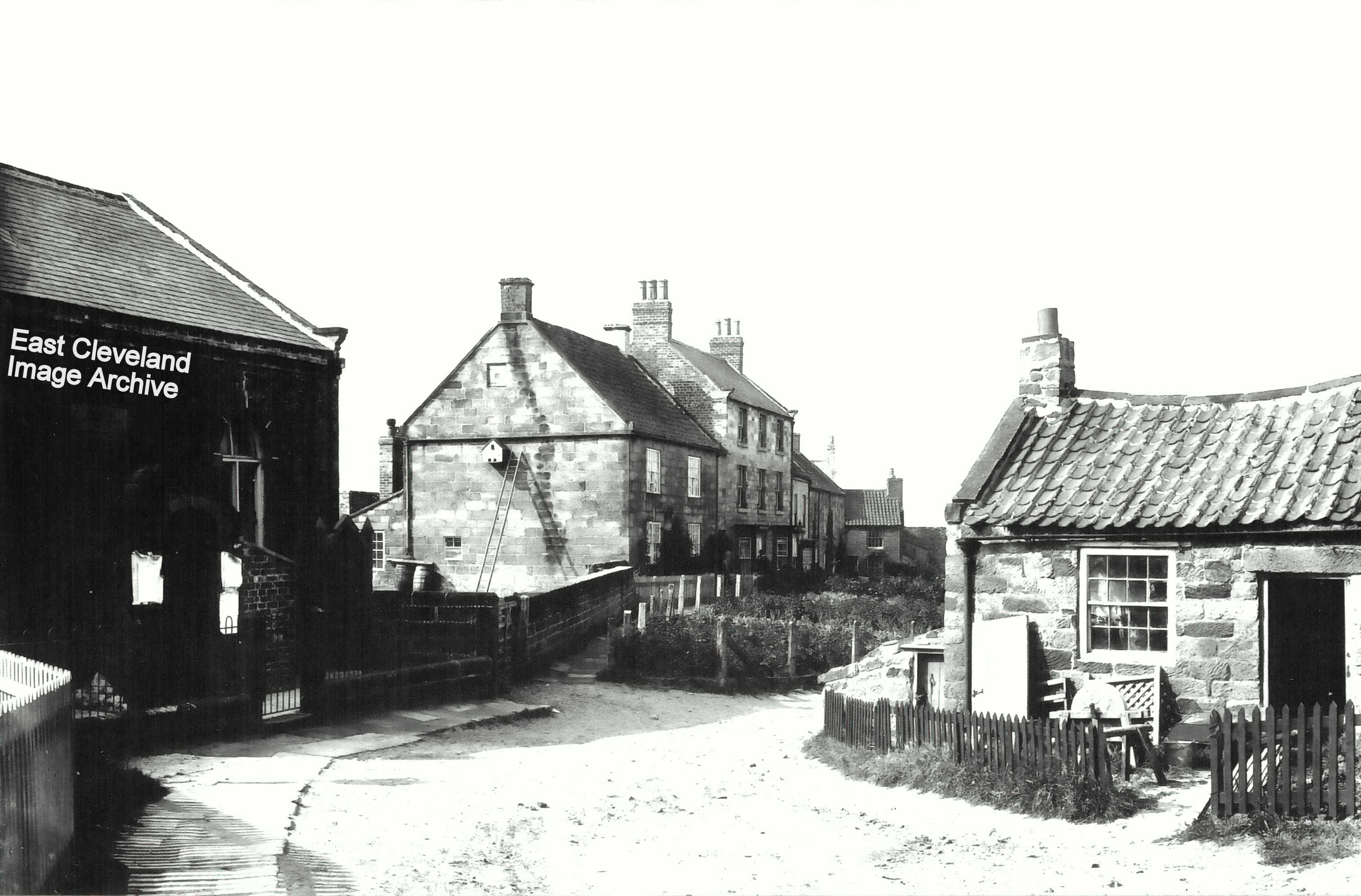 A quiet corner of Hinderwell, Porret Lane; the Primitive Methodist Chapel on the left, opened in 1858. The house in the centre of the image has a ladder leading to a nesting box on the wall, whilst the cottage on the right has a grinding wheel in the garden.
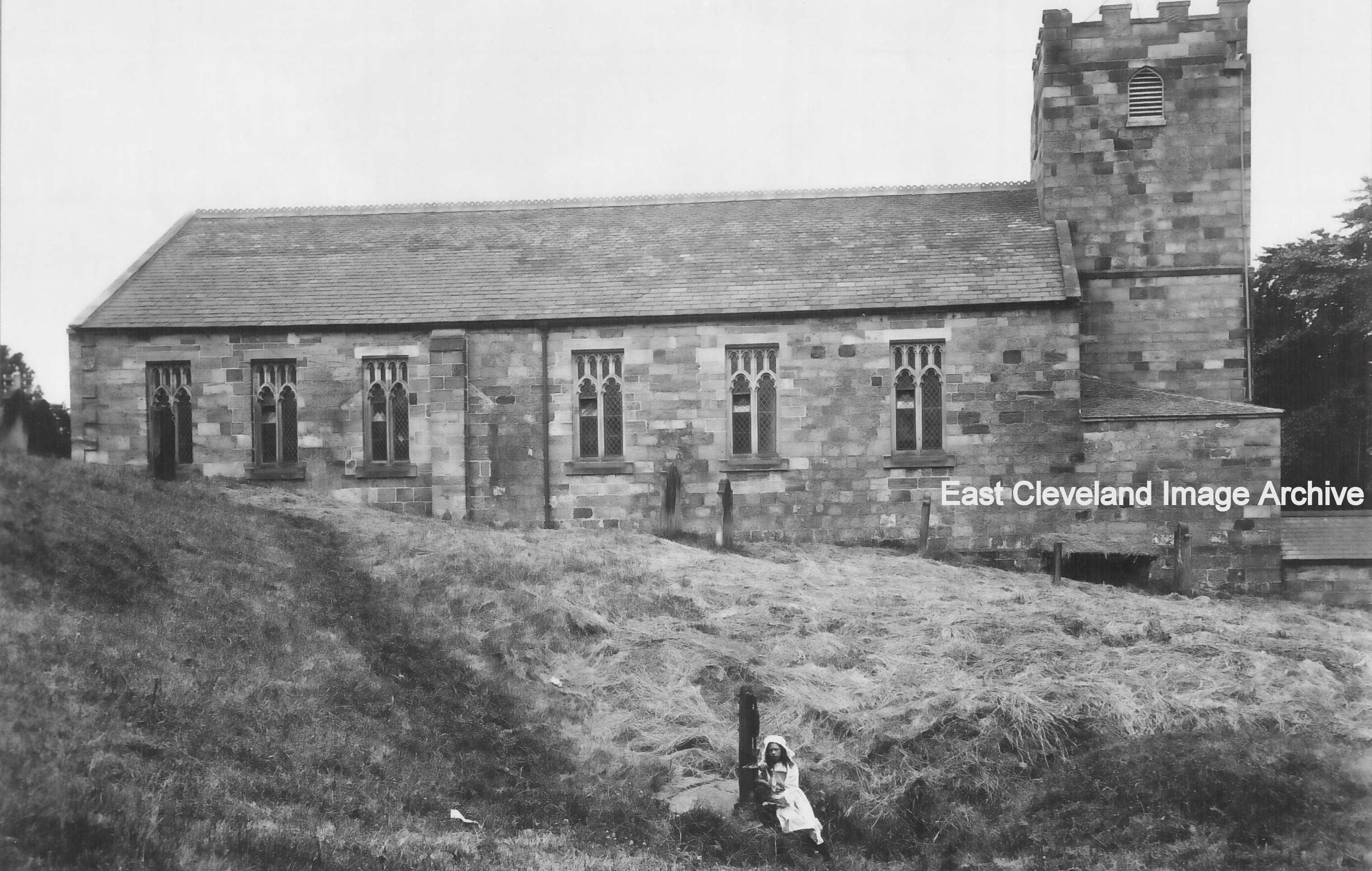 The church of St Hilda, Hinderwell. Largely rebuilt in the late 18th and 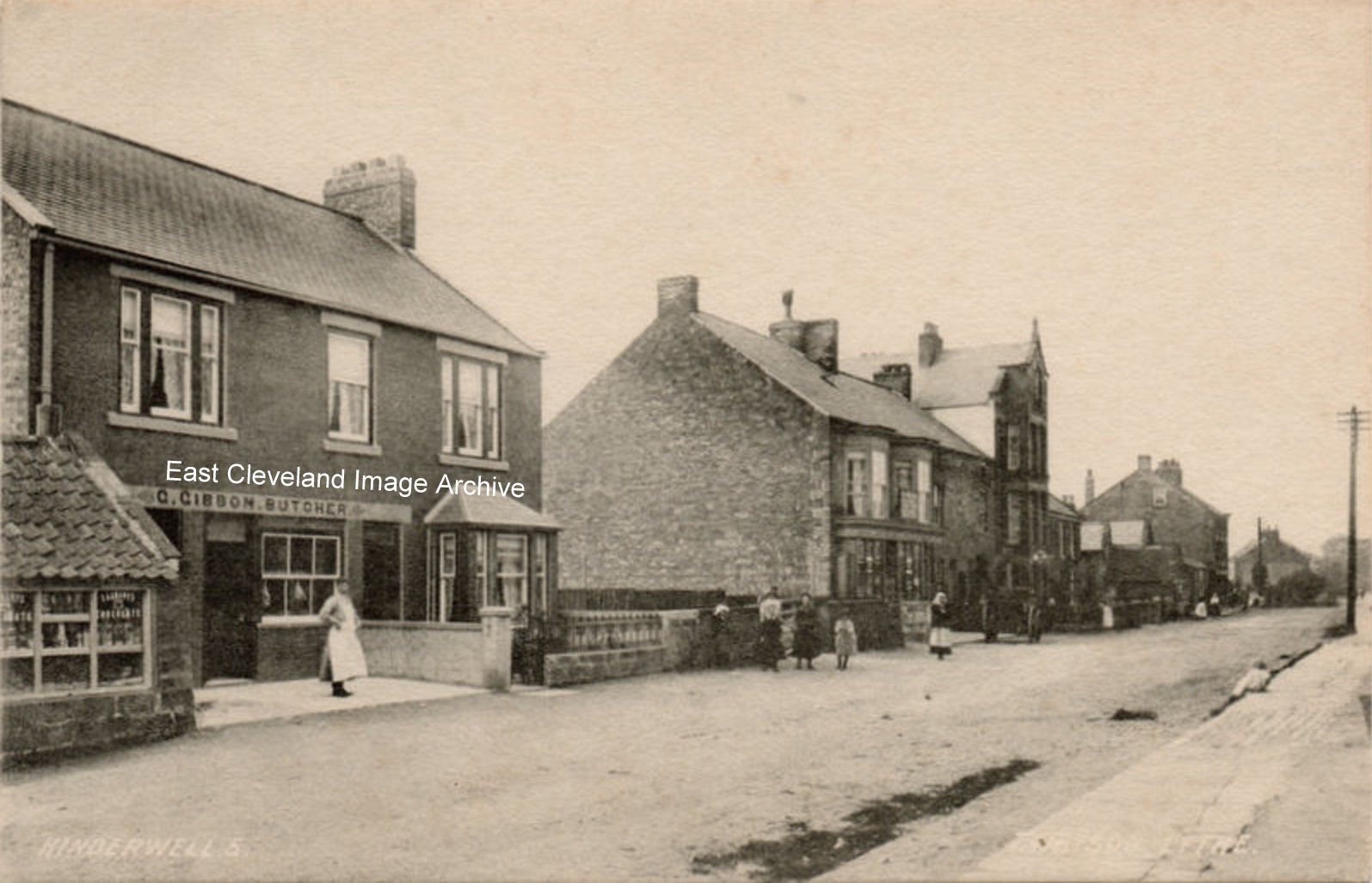 A Tom Watson of Lythe postcard view of of Hinderwell High Street; with Gibbon’s Butchers prominent, presumably Mr Gibbon is standing proudly in front of the shop? Tom Watson was a contemporary of F.M. Sutcliffe of Whitby; they both took many fine views of Whitby and district. 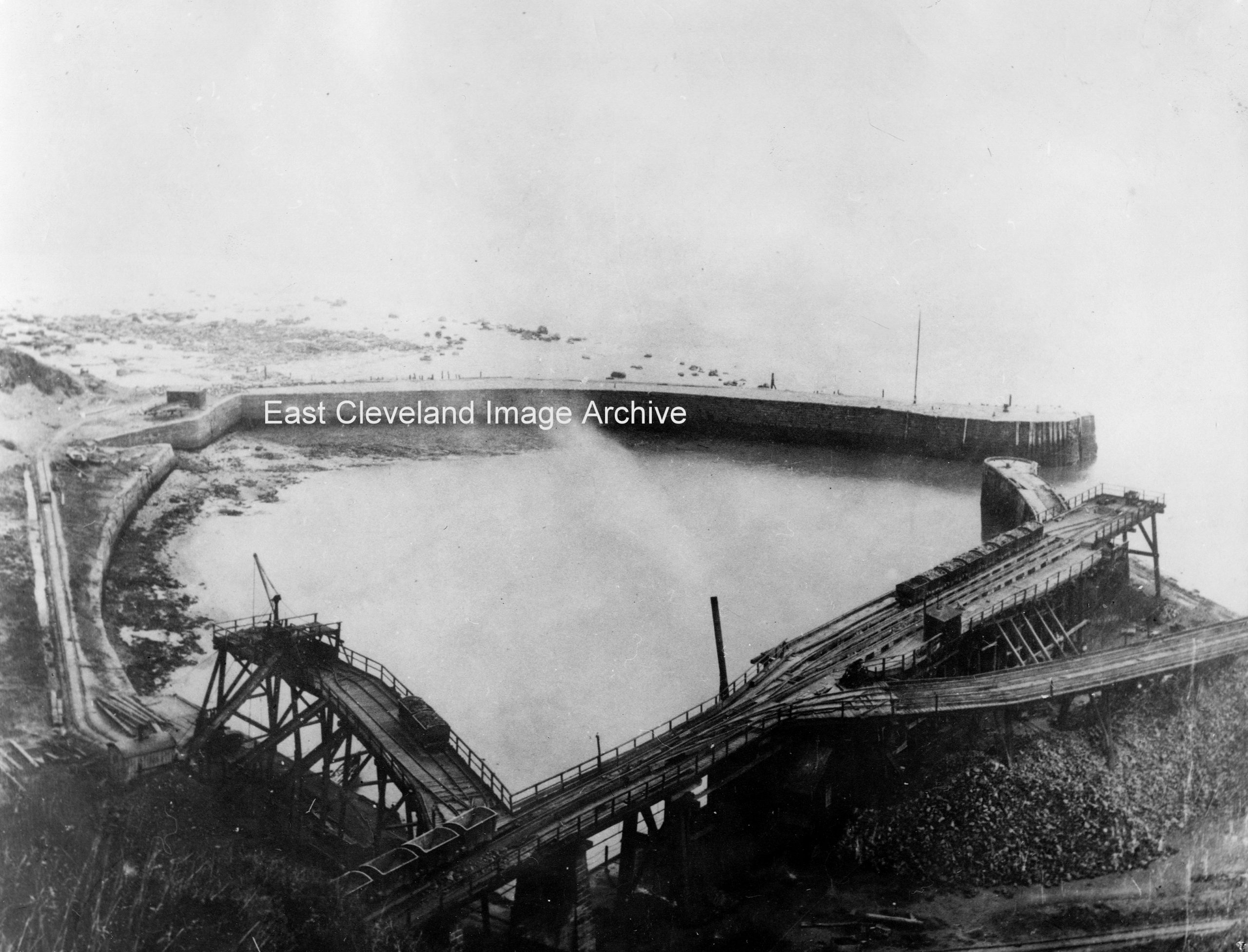 A lovely photograph of Port Mulgrave’s docks; when it actually was a port, built around 1856-57, it was a very busy place serving the surrounding mines. This shows the harbour prior to World War II, the disintegrating remains of Palmers ironstone loading staithes clearly visible; the seaward pier was blown up during the war. 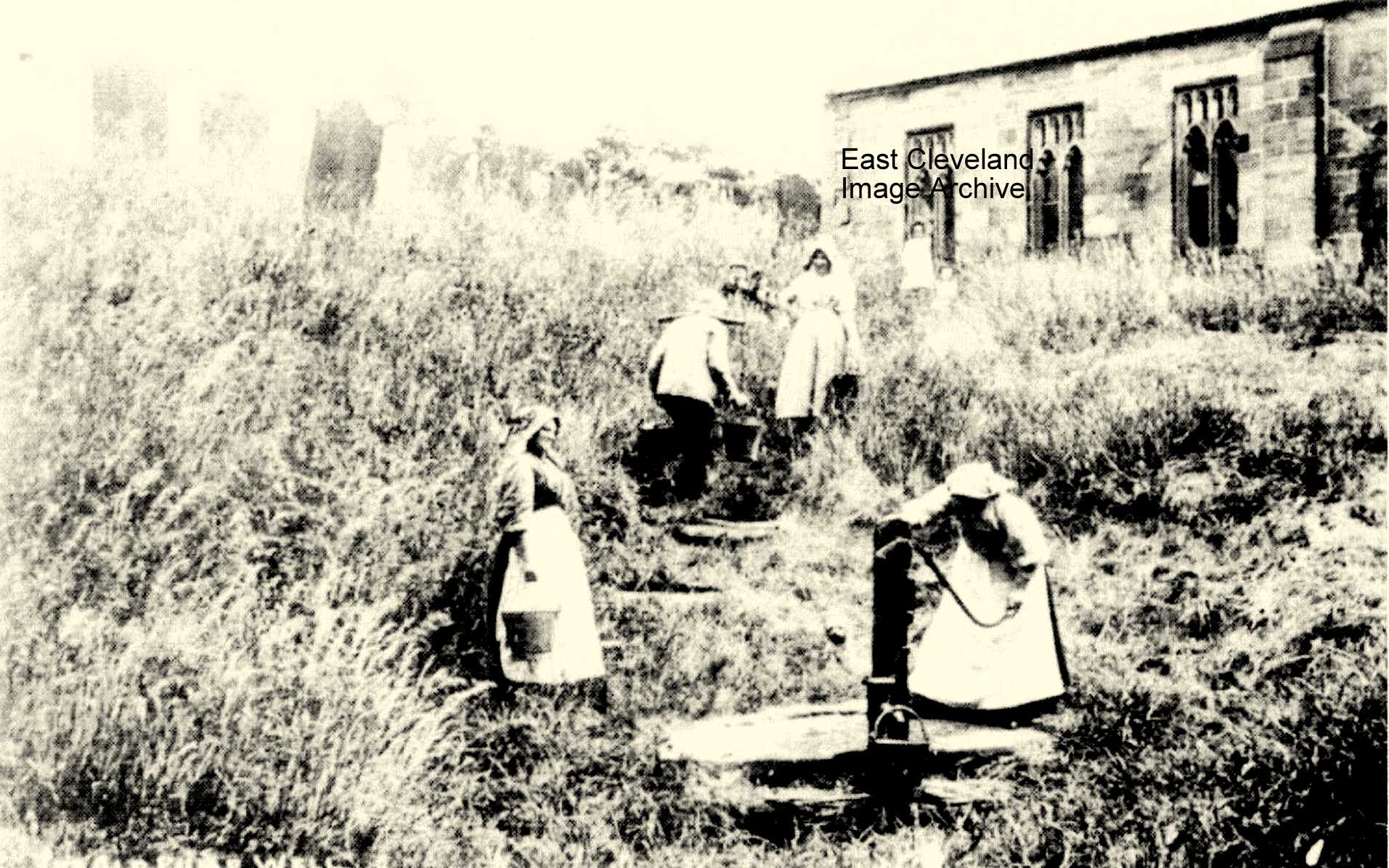 This probably posed image of young ladies collecting water from St Hild’s well, which is situated to the rear of the parish church in Hinderwell. The well being the reason for Hinderwell so being named, the well today is more of a monument presentation, no lever pump to possibly be vandalised! Image from a postcard courtesy of Maurice Grayson. 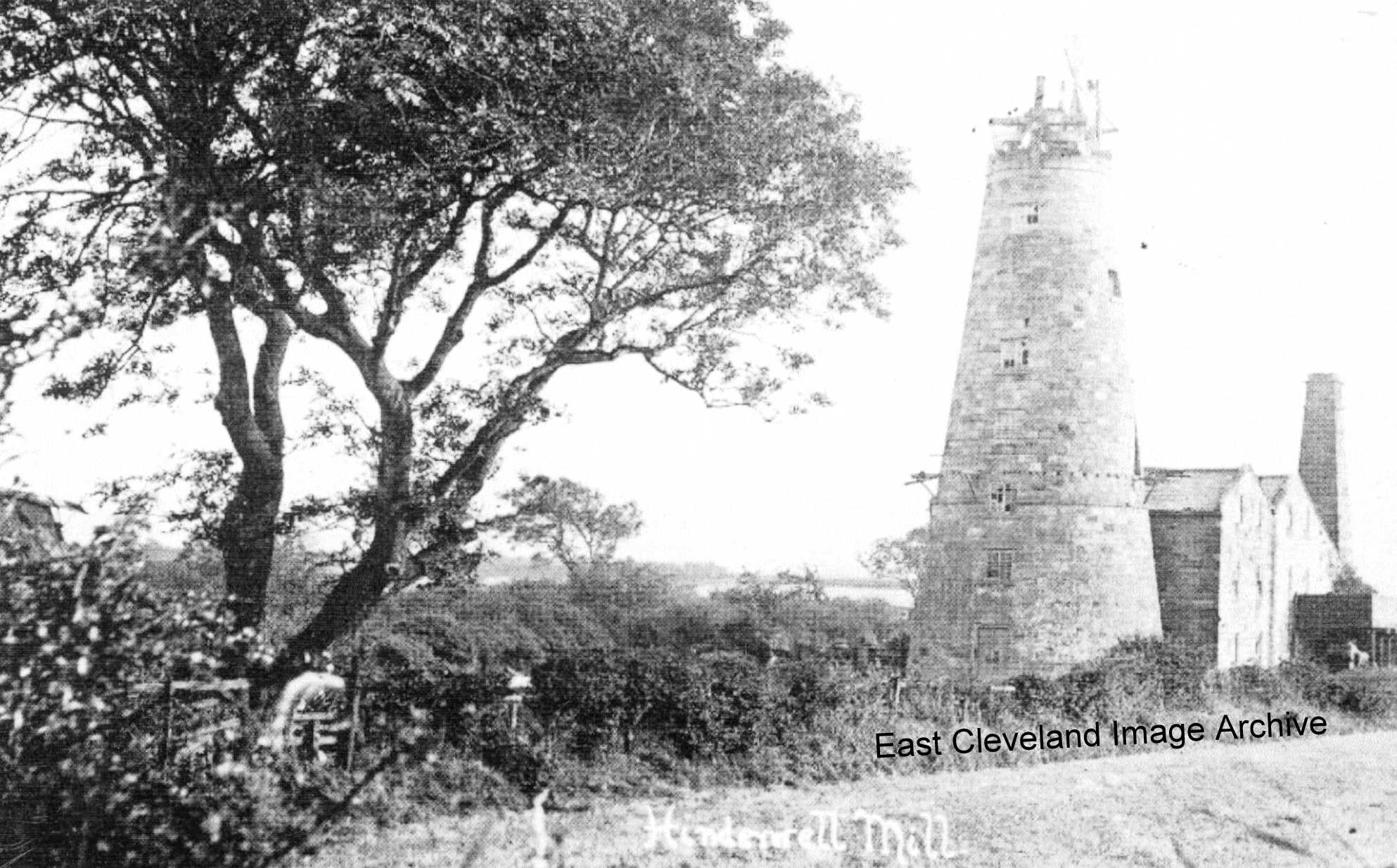 An postcard view of the Hinderwell windmill, interestingly although of poor quality (the Archive hopes to find a better quality image in time!) the sails and the cap (exposing the windshaft) appear to be missing. Image courtesy of Maurice Grayson. 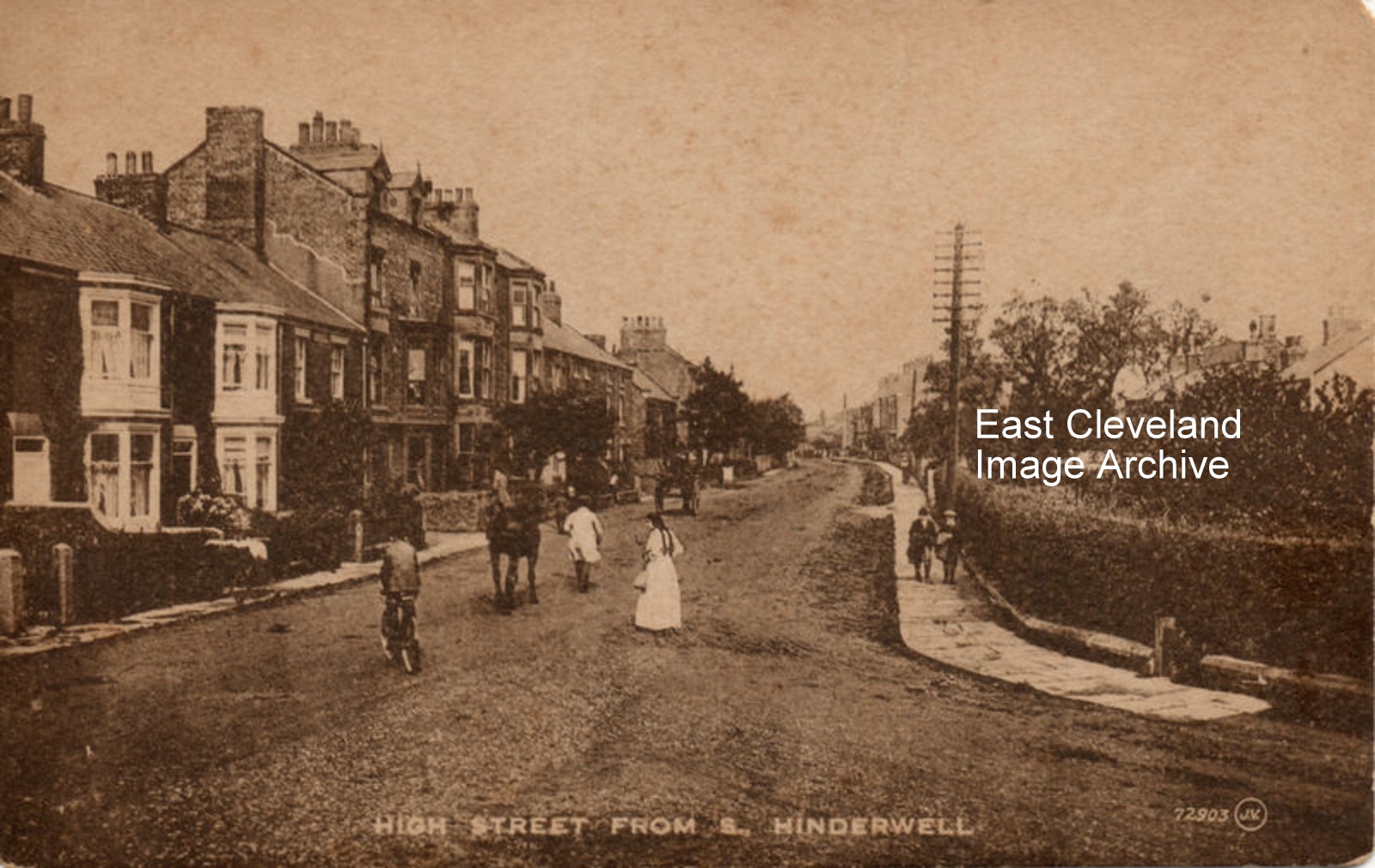 High Street, Hinderwell from the south, another Valentine’s postcard view; the leisurely pace of life evident in this view would suggest an early 20th century date. 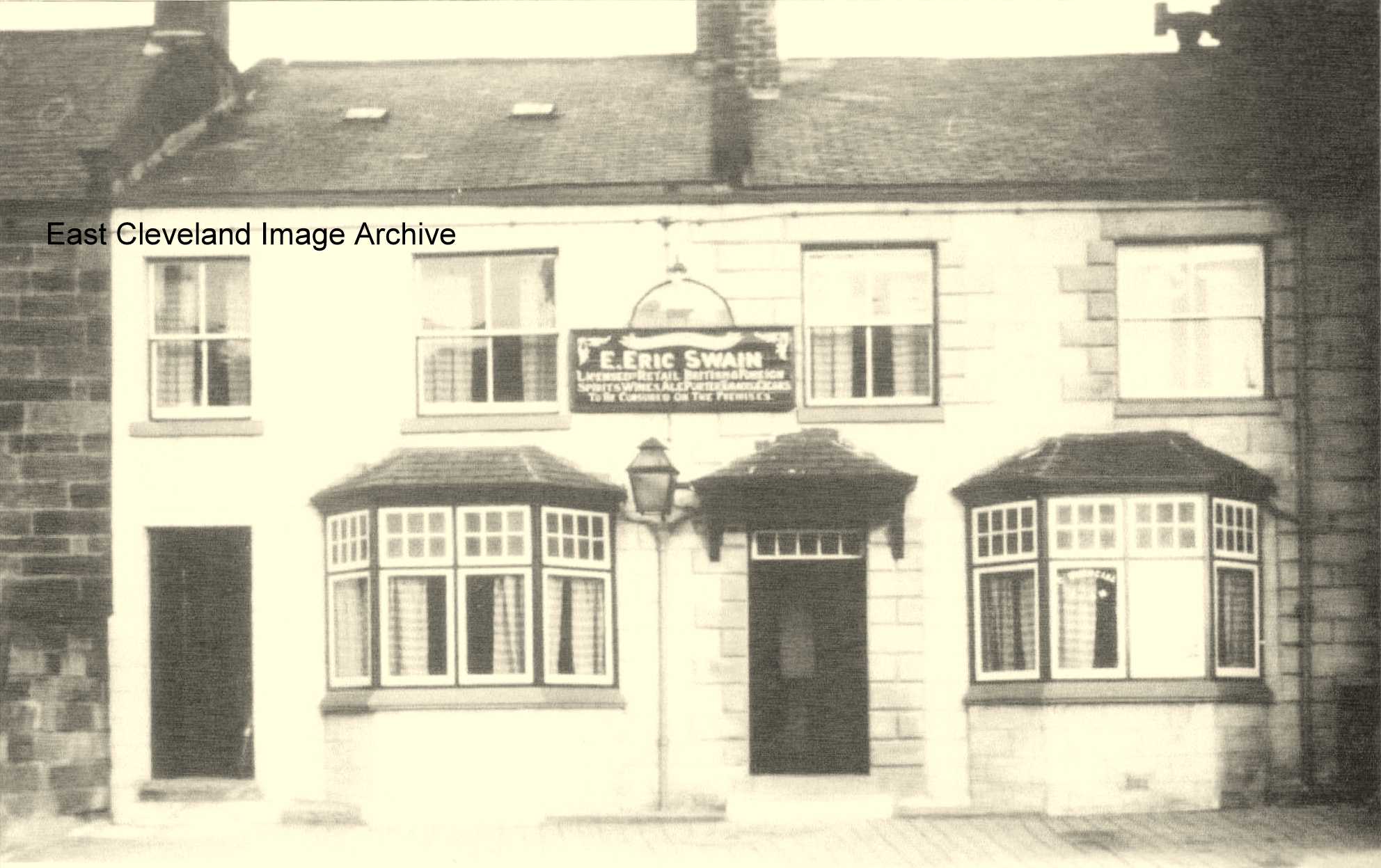 The other primary ”place of refreshment” on Hinderwell High Street was the Brown Cow sited some 80 yards furth south in Hinderwell. Eric Swain whose name appears as licensee on the board above the door in this image was minehost for many years. Elaine Meadows added: “John Jefferson was the innkeeper in the early 1860’s (Jefferson female side family name of the Tyermans of Pond Farm and Holme Farm). Elizabeth Seymour late of High Street and The Warren , Hinderwell; daughter of Joseph Henry Tyerman (Senior) also ran the Brown Cow.” Further information has been added; Glen Bennett: “My grandmother Mary Elders was from a Whitby family, whilst tracing her family tree I found my great, great, great grandfather John Featherstone; he was landlord of the Brown Cow in the 1881 and 1891 census. Been there for a pub lunch and pint.” Jackie Rushton assisted with: “My 4th Great Grandfather William Smallwood 1781-1870 was also a landlord of the Brown Cow Hinderwell in the 1820’s, he was also the blacksmith of Hinderwell.” Kathrine Gray advised: “My grandfather Harry Shaw was born in the Brown Cow in 1910. At the time they had a house keeper, there was a brother called Raymond and two sisters, Doris and Mabel.” Ann Newcombe assited and asked: “My great aunt Ellen Ann Boyes was married to a John Featherstone in 1932. He was a policeman at Barnby on his death in 1943. She moved into the Brown Cow to look after John Feathstone’s son (I understand from his first marriage) as his housekeeper, who was landlord at that time. Any information would be a bonus!” Can any of our reader assist?. Image courtesy of Maurice Grayson and thanks to Elaine Meadows (nee Tyerman), Glen Bennett, Jackie Rushton, Kathrine Gray and Ann Newcombe for the updates.  This view of the harbour at Port Mulgrave was taken in 1980. How things have changed; when compared to earlier images of the harbour on the Archive. Image courtesy of Mrs. Janet Wilson. |
||
Recent Comments